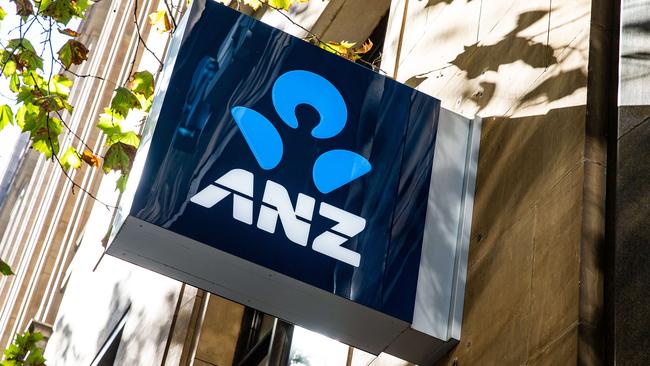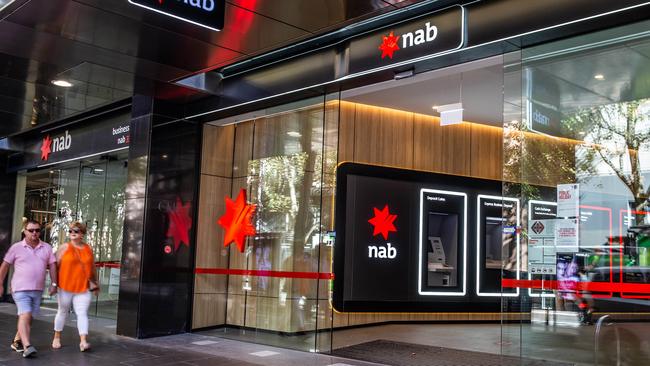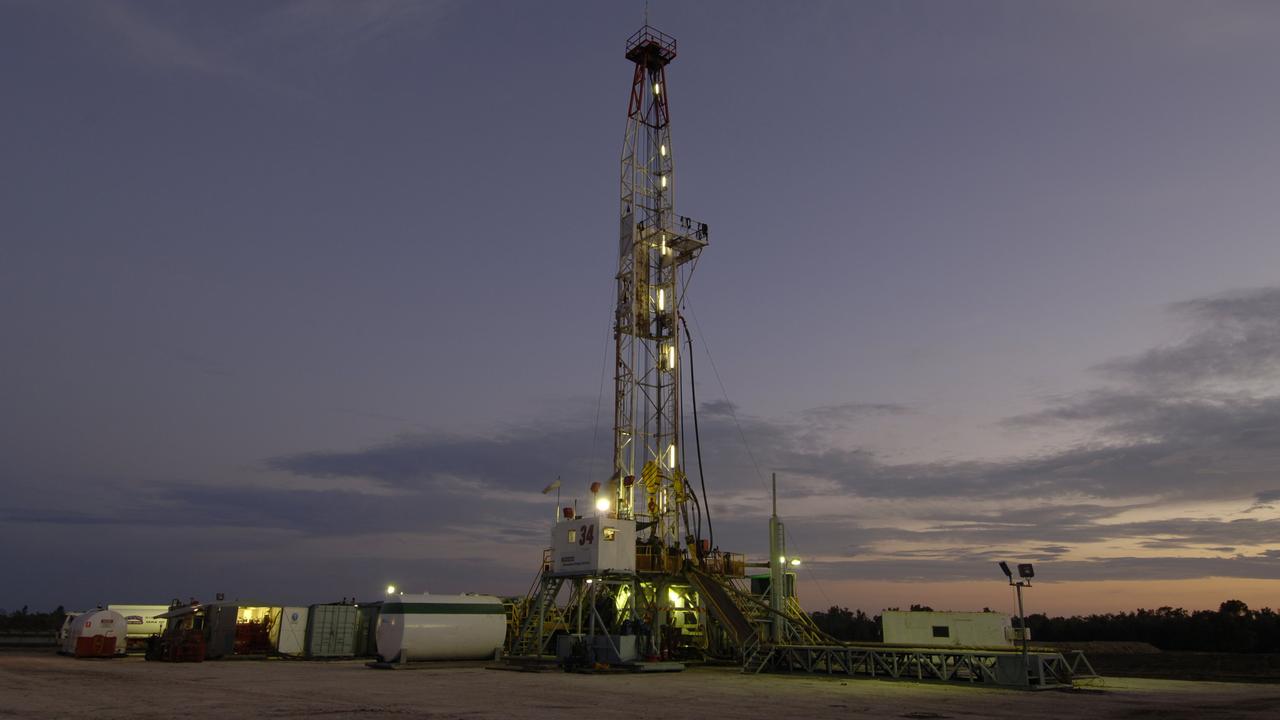If Australia loses its “AAA” credit rating this could hit Australian banks: S&P
Improved funding conditions and a strong rebound in the domestic economy from the COVID-19 pandemic are supporting the credit ratings of Australian banks.

Business
Don't miss out on the headlines from Business. Followed categories will be added to My News.
Improving funding conditions and a strong rebound in the domestic economy from the COVID-19 pandemic are supporting the “AA-” credit rating of Australian banks, according to ratings agency S&P Global.
But a lingering risk of Australia losing its “AAA” credit rating amid deficit spending to ensure that the economy is back on track still warrants a negative outlook for banks.
In its latest banking industry risk assessment on Australia, the global ratings agency says the economic trend for banks operating in Australia is now “stable”, albeit there’s still a one-in-three chance that it will decide to lower its ratings within two years.
“We expect to lower our long-term issuer credit ratings on these five banks if we were to lower our long-term local currency sovereign credit rating on Australia to ‘AA+’,” said S&P Global director, Sharad Jain.
“We consider that a lower rating on the sovereign would reflect slightly reduced financial capacity to provide extraordinary financial support to the five systemically important institutions in Australia, if needed.”
Still, “the downside to economic risks” facing Australian financial institutions due to the COVID-19 outbreak and containment measures is “receding”, Mr Jain said.
S&P also sees a “positive trend in industry risk reflecting the Australian banking system’s improving funding profile in the past 10 years.”
It affirmed its “AA-” ratings on ANZ, Commonwealth Bank, National Australia Bank and Westpac, while also keeping its “A+” ratings on Macquarie Bank.
At the same time it revised up its outlook regional banks Bank of Queensland and Bendigo and Adelaide Bank to positive from stable, meaning there is a one-in-three chance they could lift to a “A-” rating from BBB+ currently. Suncorp’s ratings was affirmed at A+.
Australia’s big banks around among a handful of global banks to have a “AA-” rating. The higher rating allows banks to lower their funding costs when they borrow from global money markets.
The update from S&P Global Ratings came after CBA interest rate strategists warned this week that Australia’s “AAA-” credit rating will remain a “judgement call” after the budget.
In keeping with the consensus among leading private sector economists, the ratings agency said a lessening of fiscal support from the end of the JobKeeper wage subsidy and JobSeeker supplementary dole payment last month won’t derail the economy.
“We believe that the reduction in fiscal support from the government and ending of bank loan deferrals will not derail the economic recovery,” said S&P Global’s Mr Jain.

Credit losses in the next two years should remain broadly in line with its expected long-term average, and “regulators will take timely action” if needed “to mitigate the risks to financial system stability from resurgent house prices and high household debt.”
“A recurrence of COVID-19 infections in large numbers, and a consequent deep and prolonged economic recession, would heighten the risks that Australian banks face but we see this scenario as unlikely,” he added.
The latest update on the ratings outlook for Australia’s major banks from S&P Global – one of three-major credit ratings agencies – comes ahead of the federal budget on May 11th.
In its report, S&P notes that strong growth in customer deposits and substantial monetary support from the Reserve Bank since the COVID-19 outbreak have alleviated funding and liquidity risks for the Australian banks.
It argues that the Australian banking system’s funding profile has been improving in the past 10 years on the back of growing customer deposits and falling offshore borrowings.
“We consider that the stronger system-wide funding metrics could be sustained despite a likely modest weakening in the next three years as the COVID-19 driven rise in customer deposits in 2020 unwinds and the RBA’s term funding facility matures,” said S&P’s Mr Jain.
In a ringing endorsement of Australia’s handling of the COVID-19 crisis, S&P’s Jain said Australia is “recovering faster than most advanced economies” after the pandemic and subsequent government lockdown “delivered an economic shock”.
“Australia has to date successfully contained the spread of COVID-19 after a second wave in Victoria, the country’s second most populous state, in 2020.”
“The national economy is now recovering strongly.”
“This follows the first recession in the country in almost 30 years, triggered by the COVID-19 outbreak and containment measures.”
S&P also praised the Coalition government for its fiscal stimulus that supported the economy after COVID-19 struck, but maintained that the reduction in fiscal support from the government and ending of bank loan deferrals won’t derail the economic recovery.
The ratings agency predicts that system-wide credit losses for the major banks in the next two years will remain at about 30-35 basis points of gross loans, broadly in line with the long-term average.
S&P also expects economic growth, improving employment conditions, and low interest rates to “continue to drive property price appreciation in the next two years”.
“That said, we expect the regulators to take timely action to mitigate risks to financial system stability from a house price resurgence and high household debt,” it added.
S&P Global Ratings classifies the banking sector of Australia in group ‘3’ under its Banking Industry Country Risk Assessment. The other countries in group ‘3’ include Denmark, France, Korea, Netherlands, Chile, Czech Republic, the UK, and the US.
Originally published as If Australia loses its “AAA” credit rating this could hit Australian banks: S&P



